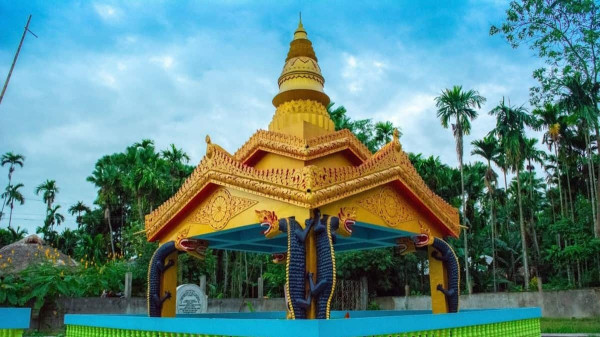
Celebrations of Assam
Assam: A Tapestry of Vibrant Festivals
Harvest & Rituals
Community Melas
Tribal Celebrations
Traditional Festivals Celebrated Across Assam
Browse feature stories on Assamese festivals, rituals, and regional fairs documented by AssamInfo over the years.

Buddha Purnima Celebration In Namphake Village, Assam

Bohaggiyo Bishu Festival Of Assam- Deori Tribes Colourful Spring Celebration & Cultural Heritage.
Bohaggiyo Bishu Festival Of Assam- Deori Tribes Colourful Spring Celebration & Cultural Heritage.
View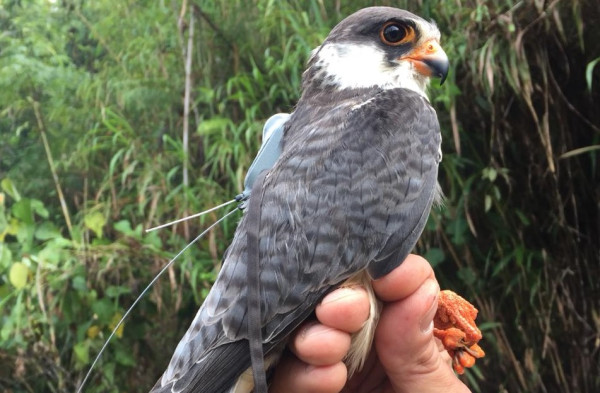
Falcon Festival Dima Hasao – Celebrating The Journey Of Amur Falcons In Assam.
Falcon Festival Dima Hasao – Celebrating The Journey Of Amur Falcons In Assam.
View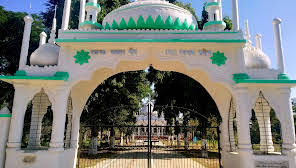
Ajan Pir Dargah Urs Festival In Assam - History, Significance & Celebration Of Communal Harmony.
Ajan Pir Dargah Urs Festival In Assam - History, Significance & Celebration Of Communal Harmony.
View
Ballilecha Shree Shree Kali Devalaya, Nalbari – History, Temple Timings, Puja Rituals & Visitor Guide.
Ballilecha Shree Shree Kali Devalaya, Nalbari – History, Temple Timings, Puja Rituals & Visitor Guide.
View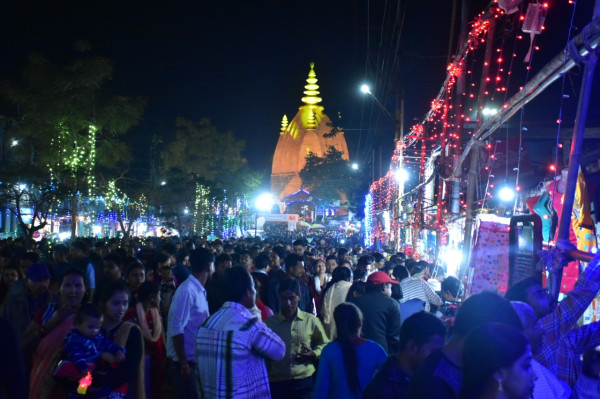
Maha Shivaratri Mela Sivasagar – Assam's Spiritual Fair At The Historic Shivdol Temple
Maha Shivaratri Mela Sivasagar – Assam's Spiritual Fair At The Historic Shivdol Temple
View
Raas Mahotsav Nalbari – Assam's Iconic Celebration Of Lord Krishna’s Raas Lila & Culture
Raas Mahotsav Nalbari – Assam's Iconic Celebration Of Lord Krishna’s Raas Lila & Culture
View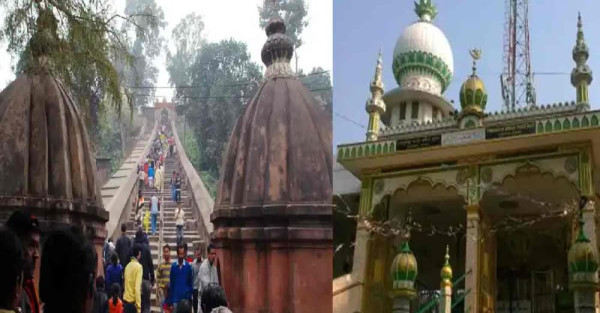
Manikut Utsav Hajo – Festival Of Communal Harmony And Cultural Unity In Assam
Manikut Utsav Hajo – Festival Of Communal Harmony And Cultural Unity In Assam
View
Chandubi Festival Assam – A Cultural Celebration By Rabha Hasong Autonomous Council.
Chandubi Festival Assam – A Cultural Celebration By Rabha Hasong Autonomous Council.
View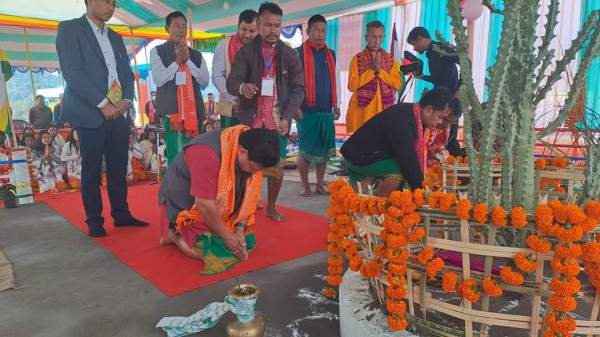
Gwthar Bathou San – Holy Bathou Day Festival Of The Bodo-kachari Community In Assam
Gwthar Bathou San – Holy Bathou Day Festival Of The Bodo-kachari Community In Assam
View
Tusu Puja In Assam – Harvest Festival, History, Rituals & Celebration Details
Tusu Puja In Assam – Harvest Festival, History, Rituals & Celebration Details
View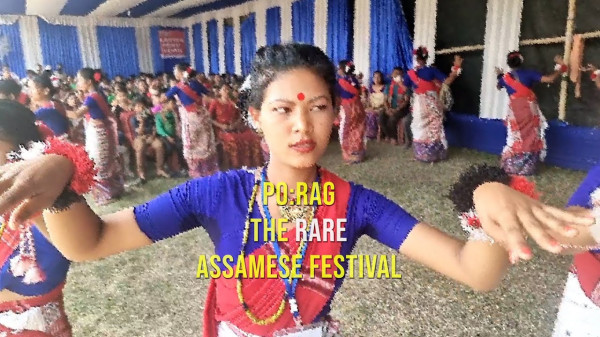
Porag Festival Of The Mising Tribe In Assam – Celebration Of Harvest, Heritage, And Harmony
Porag Festival Of The Mising Tribe In Assam – Celebration Of Harvest, Heritage, And Harmony
View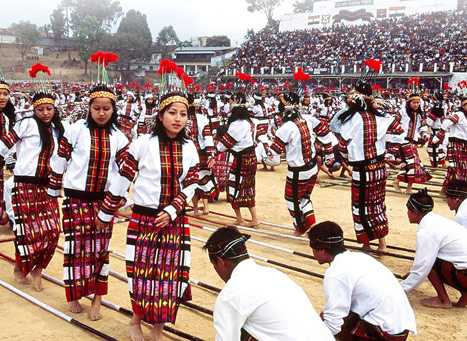
Chavang Kut Festival – The Colorful Autumn Harvest Celebration Of The Kuki-chin-mizo Tribes In Assam And Northeast India
Chavang Kut Festival – The Colorful Autumn Harvest Celebration Of The Kuki-chin-mizo Tribes In Assam And Northeast India
View
Domashi Festival - A Spiritual Tribute To Ancestors In Bodo Culture
Domashi Festival - A Spiritual Tribute To Ancestors In Bodo Culture
View
Sangken Festival – The Water Festival Of Khamti And Singpho Tribes Celebrating Buddhist New Year In Assam
Sangken Festival – The Water Festival Of Khamti And Singpho Tribes Celebrating Buddhist New Year In Assam
View
Karbi Youth Festival – Assam's Grand Celebration Of Karbi Culture, Heritage, And Unity
Karbi Youth Festival – Assam's Grand Celebration Of Karbi Culture, Heritage, And Unity
View
Judima Festival – The Cultural Celebration Of Dimasa Heritage And Assam's Traditional Rice Wine
Judima Festival – The Cultural Celebration Of Dimasa Heritage And Assam's Traditional Rice Wine
View
Bathow Puja - The Sacred Annual Festival Of The Bodo And Kachari People
Bathow Puja - The Sacred Annual Festival Of The Bodo And Kachari People
View
Tea Festival Of Assam
Tea Festival Of Assam
View
Wanchuwa Festival – Assam's Tiwa Tribe Harvest Celebration Of Unity And Gratitude
Wanchuwa Festival – Assam's Tiwa Tribe Harvest Celebration Of Unity And Gratitude
View« PrevNext »